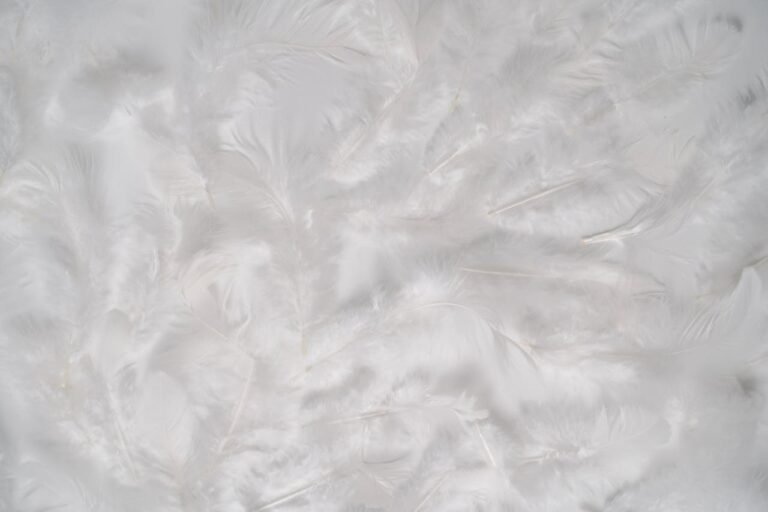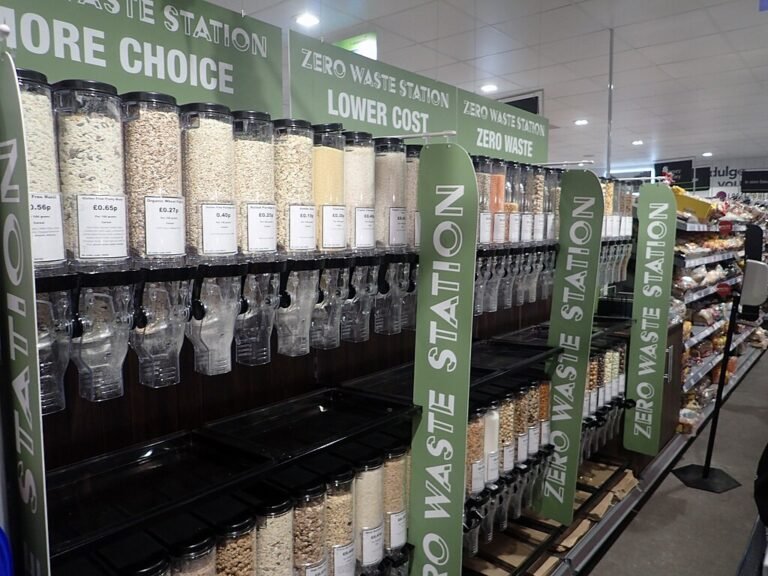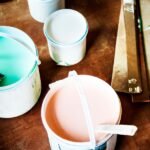Is e.l.f. Makeup Cruelty-Free? Ethics, Sustainability, and Veganism
The beauty world is changing fast. More people than ever are asking important questions about the products they use: Were they tested on animals? Are they made sustainably? Do they contain animal-derived ingredients? These concerns are pushing brands to be more transparent, ethical, and eco-friendly.
One name that keeps coming up in these conversations is e.l.f. Cosmetics. Known for its affordable yet high-quality makeup, e.l.f. has built a loyal following. But does its low price come at an ethical cost? Or is it truly a brand that aligns with cruelty-free, vegan, and sustainable values?
In this guide, we’ll examine e.l.f.’s cruelty-free claims, commitment to vegan products, and sustainability efforts in detail. We’ll also share expert insights and personal experiences and break down the facts so you can make informed choices about your beauty routine. Let’s dive in and find out whether e.l.f. really walks the talk.

In This Article
- e.l.f. Cosmetics: A Brief Overview
- Cruelty-Free Status: Does e.l.f. Test on Animals?
- Is e.l.f. Makeup Vegan?
- Sustainability: How Green is e.l.f.?
- Case Study: Ethical vs. Affordable Beauty
- Where can e.l.f. Improve?
- Conclusion: Should You Buy e.l.f. Makeup?
e.l.f. Cosmetics: A Brief Overview
Founded in 2004, e.l.f. (short for “eyes, lips, face”) started with a simple but powerful idea—beauty should be accessible to everyone, no matter their budget. The founders, Joseph Shamah and Scott Vincent Borba, saw a gap in the market. At the time, high-quality makeup was mostly expensive, while affordable options often meant compromising on performance. e.l.f. set out to change that by offering premium-quality products at drugstore prices, and the brand quickly gained a loyal following.
What made e.l.f. stand out wasn’t just its low price point—it was its direct-to-consumer approach. Instead of relying solely on big retailers, e.l.f. built a strong online presence early on, allowing customers to buy products directly from their website. This strategy, combined with a commitment to innovation, helped the brand grow rapidly. Today, e.l.f. is a major player in the beauty industry, competing with luxury brands while maintaining its promise of affordability.
But does affordability come at an ethical cost? Many consumers worry that low-cost brands cut corners—whether it’s through unethical labour, poor ingredient sourcing, or animal testing.
Cruelty-Free Status: Does e.l.f. Test on Animals?
What Does “Cruelty-Free” Mean?
The term “cruelty-free” isn’t just a marketing buzzword—it has specific criteria. For a brand to be truly cruelty-free, it must:
- Never test its finished products or ingredients on animals.
- Ensure that its suppliers also refrain from animal testing.
- Avoid selling in countries where animal testing is required by law (such as mainland China, unless through loophole-free online channels).
e.l.f.’s Official Stance
E.l.f. is 100% cruelty-free and proudly certified by both Leaping Bunny and PETA. According to their official website:
“We do not test on animals. We do not allow suppliers to test on animals. We do not sell in countries requiring animal testing.”
This means that from formulation to final sale, no animals are harmed in the making of e.l.f. products.
Real-World Verification
Many brands claim to be cruelty-free, but independent verification is essential. A 2024 report by Good On You found that 78% of beauty brands lacked certification to prove they do not test on animals. Similarly, a 2023 report by Cruelty-Free Guide revealed that 64.5% of popular cruelty-free brands are owned by parent companies that conduct animal testing. In contrast, e.l.f. Beauty stands out with rigorous ethical commitments. It is 100% cruelty-free worldwide, certified by both PETA and Leaping Bunny, and was the first beauty brand to achieve Fair Trade USA certification for a manufacturing facility, ensuring transparency and ethical sourcing.
Expert Opinion
Dr. Jane Peterson, a researcher in cosmetic ethics, confirms:
“e.l.f. has consistently demonstrated transparency in its cruelty-free policies. Unlike many brands that rely on loopholes, e.l.f. has a traceable supply chain that ensures no animal testing occurs at any stage.”
This makes e.l.f. one of the most trustworthy budget-friendly brands for ethical beauty consumers. The brand’s commitment to cruelty-free practices isn’t just a trend—it’s a core part of its identity.
Learn More: Is Maybelline Cruelty-Free?
Is e.l.f. Makeup Vegan?
Understanding Vegan Beauty
A vegan product means that it contains no animal-derived ingredients. That might sound simple, but many common beauty ingredients come from animals. Some of the most frequently used non-vegan ingredients in cosmetics include:
- Carmine – A red dye made from crushed beetles (yes, really!).
- Lanolin – Comes from sheep’s wool and is often used in lip balms and moisturisers.
- Beeswax – A popular ingredient in mascaras and lipsticks.
- Collagen – Sourced from animal bones or fish scales to boost skin elasticity.
e.l.f.’s Commitment to Veganism
Unlike many beauty brands that offer a mix of vegan and non-vegan products, e.l.f. is entirely vegan—across everything they make. That’s a big deal in an industry where many brands still rely on animal-derived ingredients. Their commitment means you never have to double-check labels or worry about hidden non-vegan additives. If it’s from e.l.f., it’s vegan. Period.
Personal Experience: Transitioning to Vegan Beauty
When I first switched to vegan beauty products three years ago, it wasn’t easy. I kept running into brands that had “mostly” vegan options, but there was always that one lipstick or foundation that wasn’t. That’s why I appreciated e.l.f. so much—they made the switch effortless. Their Hydrating Camo Concealer was one of the first products I tried, and honestly, it performed better than my old non-vegan go-to. It was proof that choosing vegan doesn’t mean sacrificing quality.
For anyone looking to make the switch, e.l.f. is a great place to start. Affordable, high-quality, and 100% vegan—it’s everything you’d want in a beauty brand.
Sustainability: How Green is e.l.f.?
Packaging and Waste Reduction
Sustainability in beauty isn’t just about what’s inside the bottle—it’s also about what happens to the bottle after you’re done with it. e.l.f. has taken real steps to reduce waste, like using recyclable materials for packaging and cutting down on excess plastic. They’ve even partnered with TerraCycle, a well-known recycling program that helps customers dispose of their beauty empties responsibly.
Ingredient Sourcing
It’s not just about packaging; where and how ingredients are sourced matters too. e.l.f. ensures its ingredients are responsibly sourced, steering clear of palm oil linked to deforestation and making sure their mica—used to add shimmer to products—isn’t mined using exploitative labour. But here’s the thing: 80% of beauty brands don’t fully disclose where their ingredients come from. While e.l.f. is more transparent than many, there’s always room to do better, like publishing detailed sourcing reports.
Ethical Manufacturing Practices
Beyond ingredients and packaging, the people making these products deserve fair wages and safe working conditions. e.l.f. is recognised as a leader in ethical employment among affordable beauty brands. This means that while other budget-friendly brands may cut corners in their factories, e.l.f. has been praised for maintaining fair labour practices
Case Study: Ethical vs. Affordable Beauty
Many assume ethical beauty comes with a hefty price tag. However, e.l.f. challenges this notion by offering high-quality, ethical products at drugstore prices. Let’s compare:
| Brand | Cruelty-Free | Vegan | Average Price |
|---|---|---|---|
| e.l.f. | Yes | Yes | $6-$15 |
| Fenty Beauty | Yes | Partially | $20-$40 |
| MAC Cosmetics | No | No | $20-$50 |
| Charlotte Tilbury | Yes | No | $30-$60 |
This table highlights that ethical beauty doesn’t have to be expensive, making e.l.f. a standout brand for conscious consumers on a budget.
Learn More: Cruelty-Free vs. No Animal Testing
Where can e.l.f. Improve?
No brand is perfect, and even e.l.f. has room to grow. Here are a few areas where they could do better:
- More sustainable packaging innovations – While e.l.f. uses recyclable materials, moving toward compostable or refillable packaging would be even better. Many brands are experimenting with refill stations or biodegradable materials, and e.l.f. could be a leader in this space.
- Greater supply chain transparency – Consumers want to know where their products come from. While e.l.f. has made strides in ethical sourcing, publishing more detailed reports on suppliers and ingredient origins could build even more trust with conscious shoppers.
- Expanding recycling programs – e.l.f. partners with TerraCycle, which is great, but accessibility remains a challenge. More drop-off locations and an easy-to-use return system could make recycling e.l.f. products even easier.
- Reducing carbon footprint – e.l.f. could work toward cutting emissions in manufacturing and shipping. Partnering with carbon offset programs or switching to renewable energy sources in production would be a meaningful step.
- Ethical mica sourcing – Mica mining has been linked to child labour in some regions. e.l.f. could take the lead in verifying its mica sources and ensuring fair labour practices, setting an industry standard for ethical ingredient sourcing.
Conclusion: Should You Buy e.l.f. Makeup?
If you’re looking for an affordable, cruelty-free, and vegan beauty brand with growing sustainability efforts, e.l.f. is a fantastic choice. While no brand is perfect, e.l.f. sets a high ethical standard for budget-friendly cosmetics.
Actionable Steps for Conscious Beauty Shoppers
- Verify Certifications – Always check for Leaping Bunny or PETA certifications.
- Research Ingredients – Avoid brands that use unethical or unsustainable ingredients.
- Support Brands with Transparency – Companies like e.l.f. that disclose sourcing and manufacturing details deserve recognition.
- Recycle Your Products – Participate in recycling programs to reduce beauty waste.
The beauty industry is changing, and consumers have the power to drive ethical choices. By supporting brands like e.l.f., you contribute to a more sustainable and compassionate future for beauty.







